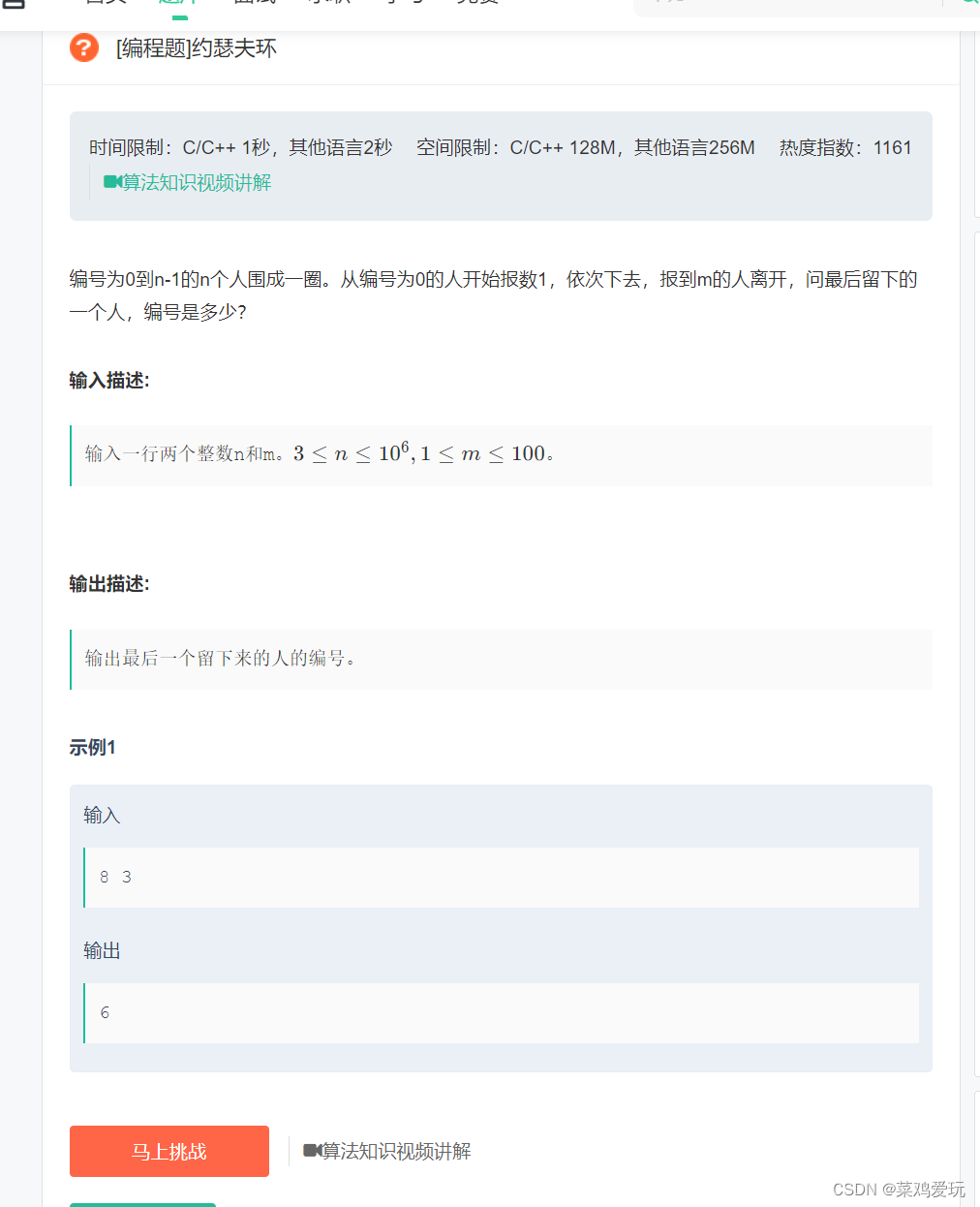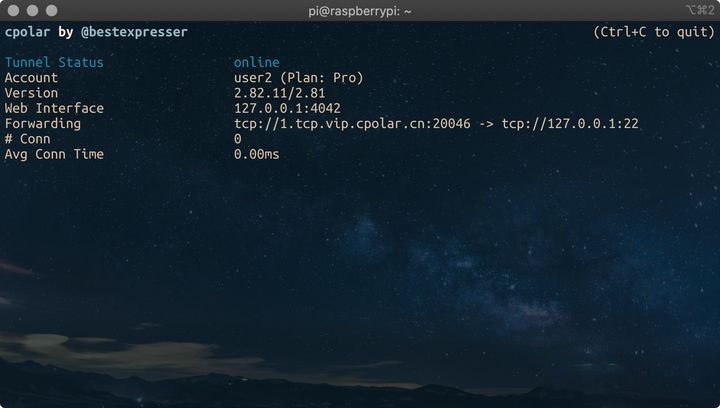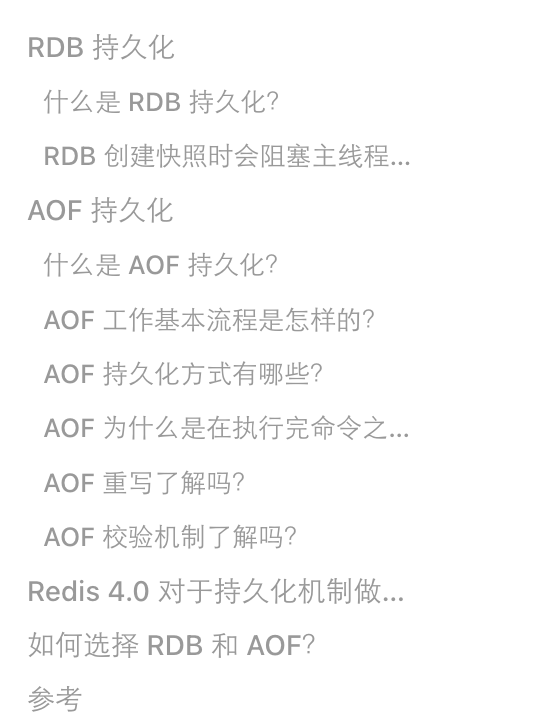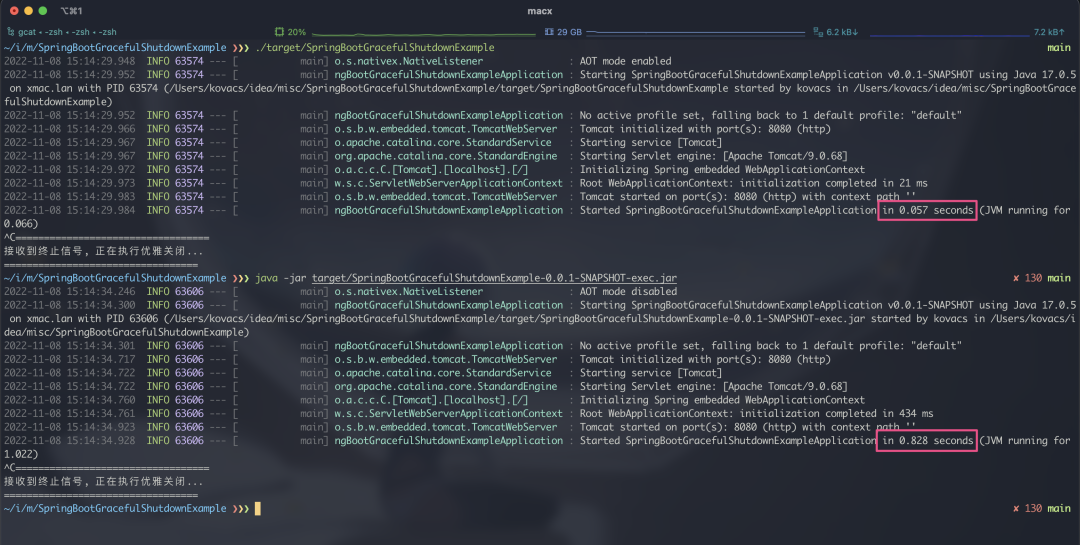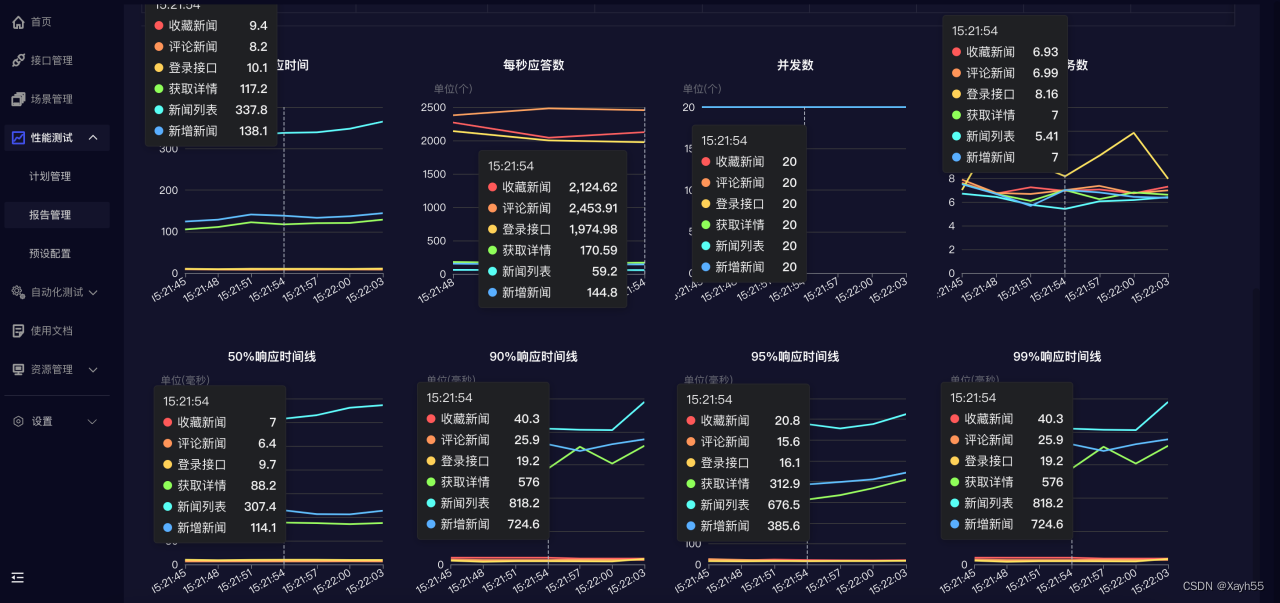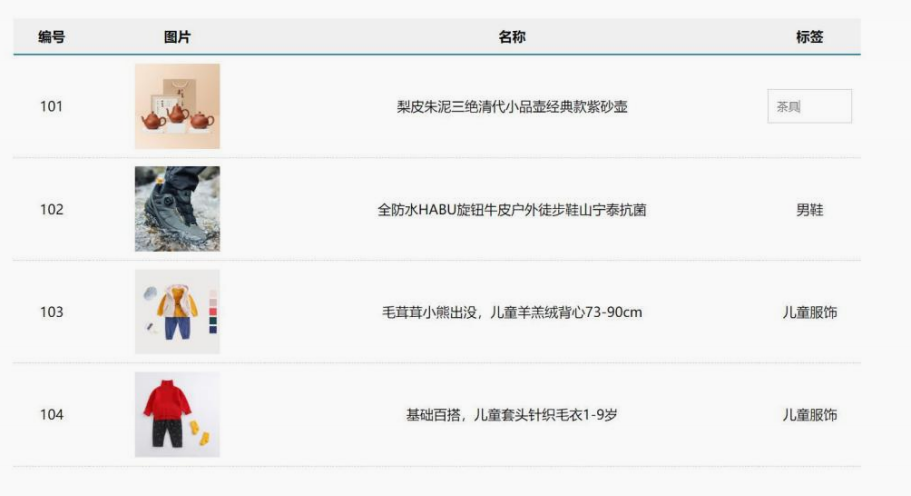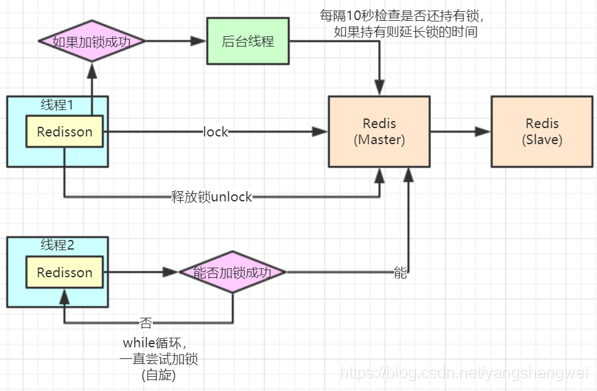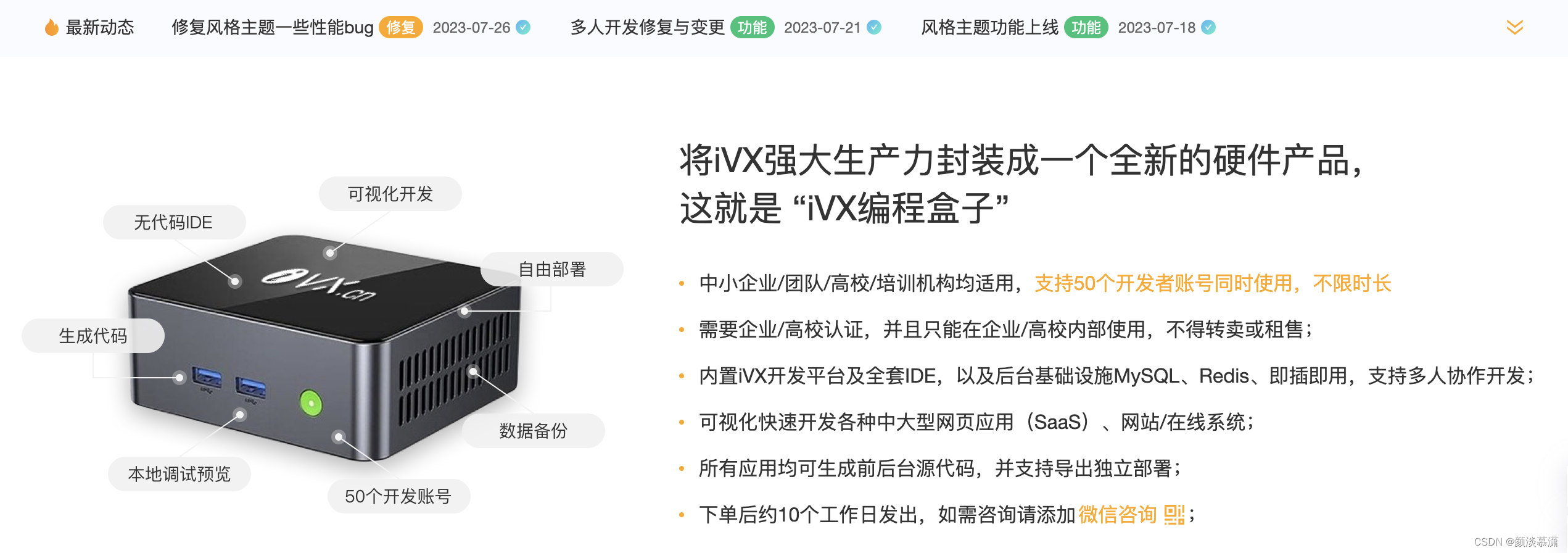一、注解@EnableFeignClients
修饰在spring boot入口类,使得openfeign的@FeignClient注解生效。
我们进一步看看注解@EnableFeignClients的使用方式。
String[] basePackages() default {};
Class<?>[] basePackageClasses() default {};
Class<?>[] clients() default {};
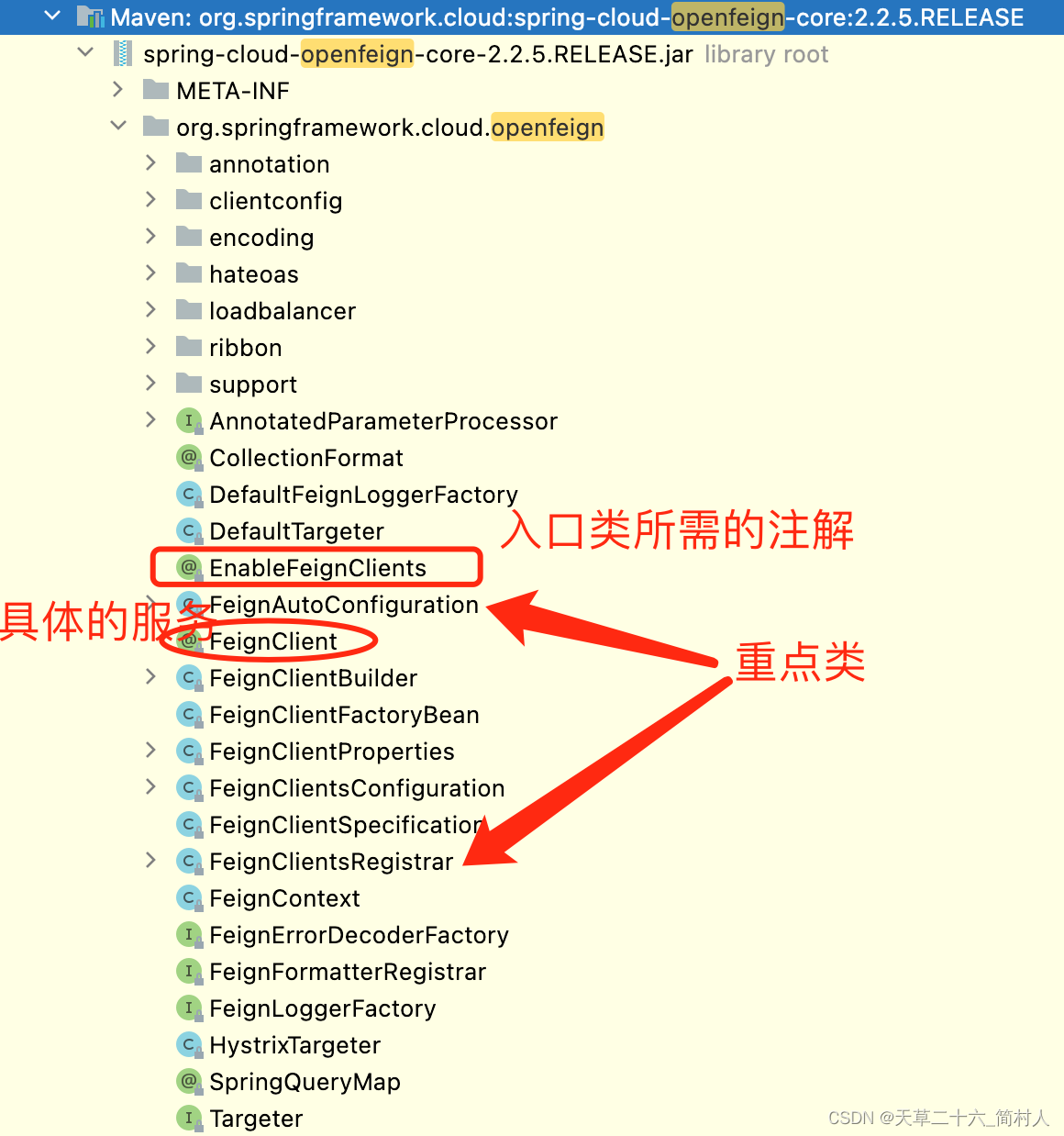
- 其实已经能满足我们的需求了,但是,很多业务方在引用的时候,往往是懒得去配置。
像下面这样,多写一个配置参数就算输了。
import org.springframework.boot.SpringApplication;
import org.springframework.cloud.client.SpringCloudApplication;
import org.springframework.cloud.openfeign.EnableFeignClients;
@SpringCloudApplication
@EnableFeignClients
public class UserServiceApplication {
public static void main(String[] args) {
SpringApplication.run(UserServiceApplication.class, args);
}
}
你本来写好了使用文档,像下面这样使用:
// AuthServiceClient类所在的包名是com.xxx.ddd.jwt.feign
// 当前用户服务的@FeignClient所在包路径是com.xxx.user.service.feign
@SpringCloudApplication
@EnableFeignClients(basePackages = {
com.xxx.user.service.feign,
com.xxx.ddd.jwt.feign
})
public class UserServiceApplication {
public static void main(String[] args) {
SpringApplication.run(UserServiceApplication.class, args);
}
}
- 可惜,使用的人,都嫌弃这配置过于多了,压根就不想关心@EnableFeignClients的属性应该写些啥。
所以,本文就简单说下,推荐的一个方式,让使用方不用去关心额外的包路径。
二、类的结构
- com.xxx.ddd.jwt
- JwtFeignPackageClass.java
- feign
- AuthServiceClient.java
保证注解@EnableFeignClients必须攘括了@FeignClient的包路径。
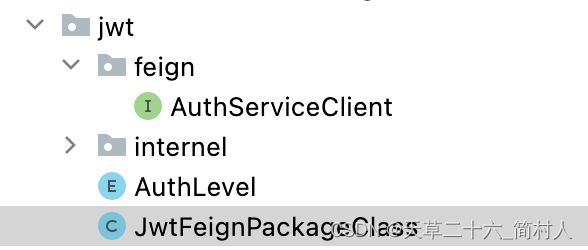
三、AuthServiceClient.java
package com.xxx.ddd.jwt.feign;
import org.springframework.cloud.openfeign.FeignClient;
@FeignClient(name = "auth-service")
public interface AuthServiceClient {
// TODO 写你自己的接口
}
四、JwtFeignPackageClass.java
注意,该类的路径是在@FeignClient的包路径下,或者其上一级包路径。
package com.xxx.ddd.jwt;
import org.springframework.boot.autoconfigure.condition.ConditionalOnProperty;
import org.springframework.cloud.openfeign.EnableFeignClients;
/**
* jwt feign注解生效的包路径.
*
* @author xxx
*/
@EnableFeignClients
public class JwtFeignPackageClass {
}
五、总结
- org.springframework.cloud.openfeign.FeignClientsRegistrar
class FeignClientsRegistrar
implements ImportBeanDefinitionRegistrar, ResourceLoaderAware, EnvironmentAware{
}
梳理下它的主要代码
@Override
public void registerBeanDefinitions(AnnotationMetadata metadata,
BeanDefinitionRegistry registry) {
registerDefaultConfiguration(metadata, registry);
registerFeignClients(metadata, registry);
}
- 扫描注解EnableFeignClients的类所在包下的所有注解FeignClient
public void registerFeignClients(AnnotationMetadata metadata,
BeanDefinitionRegistry registry) {
ClassPathScanningCandidateComponentProvider scanner = getScanner();
scanner.setResourceLoader(this.resourceLoader);
Set<String> basePackages;
Map<String, Object> attrs = metadata
.getAnnotationAttributes(EnableFeignClients.class.getName());
AnnotationTypeFilter annotationTypeFilter = new AnnotationTypeFilter(
FeignClient.class);
final Class<?>[] clients = attrs == null ? null
: (Class<?>[]) attrs.get("clients");
if (clients == null || clients.length == 0) {
scanner.addIncludeFilter(annotationTypeFilter);
basePackages = getBasePackages(metadata);
}
else {
final Set<String> clientClasses = new HashSet<>();
basePackages = new HashSet<>();
for (Class<?> clazz : clients) {
basePackages.add(ClassUtils.getPackageName(clazz));
clientClasses.add(clazz.getCanonicalName());
}
AbstractClassTestingTypeFilter filter = new AbstractClassTestingTypeFilter() {
@Override
protected boolean match(ClassMetadata metadata) {
String cleaned = metadata.getClassName().replaceAll("\\$", ".");
return clientClasses.contains(cleaned);
}
};
scanner.addIncludeFilter(
new AllTypeFilter(Arrays.asList(filter, annotationTypeFilter)));
}
for (String basePackage : basePackages) {
Set<BeanDefinition> candidateComponents = scanner
.findCandidateComponents(basePackage);
for (BeanDefinition candidateComponent : candidateComponents) {
if (candidateComponent instanceof AnnotatedBeanDefinition) {
// verify annotated class is an interface
AnnotatedBeanDefinition beanDefinition = (AnnotatedBeanDefinition) candidateComponent;
AnnotationMetadata annotationMetadata = beanDefinition.getMetadata();
Assert.isTrue(annotationMetadata.isInterface(),
"@FeignClient can only be specified on an interface");
Map<String, Object> attributes = annotationMetadata
.getAnnotationAttributes(
FeignClient.class.getCanonicalName());
String name = getClientName(attributes);
registerClientConfiguration(registry, name,
attributes.get("configuration"));
registerFeignClient(registry, annotationMetadata, attributes);
}
}
}
}
- 拼接对象FeignClientFactoryBean的属性,利用BeanDefinitionReaderUtils.registerBeanDefinition注册到spring容器
private void registerFeignClient(BeanDefinitionRegistry registry,
AnnotationMetadata annotationMetadata, Map<String, Object> attributes) {
String className = annotationMetadata.getClassName();
BeanDefinitionBuilder definition = BeanDefinitionBuilder
.genericBeanDefinition(FeignClientFactoryBean.class);
validate(attributes);
definition.addPropertyValue("url", getUrl(attributes));
definition.addPropertyValue("path", getPath(attributes));
String name = getName(attributes);
definition.addPropertyValue("name", name);
String contextId = getContextId(attributes);
definition.addPropertyValue("contextId", contextId);
definition.addPropertyValue("type", className);
definition.addPropertyValue("decode404", attributes.get("decode404"));
definition.addPropertyValue("fallback", attributes.get("fallback"));
definition.addPropertyValue("fallbackFactory", attributes.get("fallbackFactory"));
definition.setAutowireMode(AbstractBeanDefinition.AUTOWIRE_BY_TYPE);
String alias = contextId + "FeignClient";
AbstractBeanDefinition beanDefinition = definition.getBeanDefinition();
beanDefinition.setAttribute(FactoryBean.OBJECT_TYPE_ATTRIBUTE, className);
// has a default, won't be null
boolean primary = (Boolean) attributes.get("primary");
beanDefinition.setPrimary(primary);
String qualifier = getQualifier(attributes);
if (StringUtils.hasText(qualifier)) {
alias = qualifier;
}
BeanDefinitionHolder holder = new BeanDefinitionHolder(beanDefinition, className,
new String[] { alias });
BeanDefinitionReaderUtils.registerBeanDefinition(holder, registry);
}
openfeign的@FeignClient封装了http请求的入参和出参,并且支持okhttp/httpclient/HttpsURLConnection等调用方式。







![[Java] 单例设计模式详解](https://img-blog.csdnimg.cn/73b948f8bb6f413fbeb9513cba8d344d.png)
